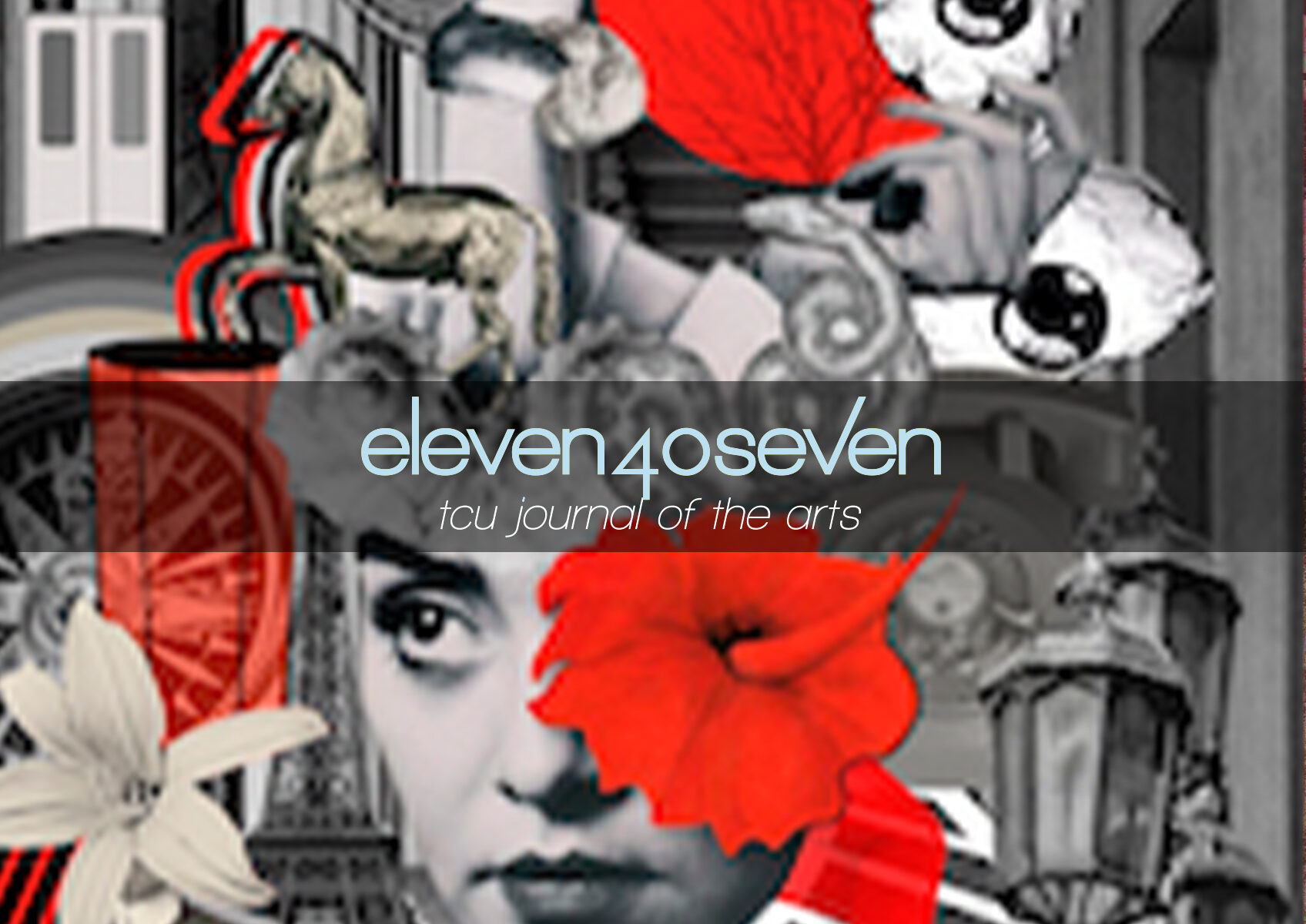My cat died last Spring, a few hours before my Organic Chemistry final. It’s crazy for me to think about it—as I was racking my brain, searching for the answers to complicated scientific principles and mechanisms, my beloved pet of twelve years lay lifeless on the floor. Sometimes I try to imagine how it happened. During the dead of night, she made her way to the multicolored rug in front of the stairs, one of her favorite sleeping spots; she curled up; and she exhaled her last breath. My family found her the next morning, as they left their bedrooms to begin their busy lives. Her fur, a beautiful combination of browns, blacks, tans, and oranges, camouflaged with the carpet. They didn’t see her at first. The earth had already reclaimed her.
When I got home, after four days of grueling exams, my parents told me what had happened. It was quick; it was unexpected; it was shocking. It was too overwhelming, and so they didn’t want me to think about it while I was taking my exams. Tears welled in my eyes: part in anger and part in all-consuming sadness.
Recently, I’ve been finding myself thinking about how fickle life is—how it unexpectedly vanishes into the night while the rest of the world sleeps. Biology demands that all living things have an expiration date, no matter how much they are loved. Despite the place I had carved in my heart for her, last Spring was my cat’s time to go. Biology didn’t care.
At my high school, all tenth graders were required to go through an English program called “Power Words.” We learned prefixes and suffixes, their meanings, and a whole bunch of other stuff that was too inconsequential for my brain to remember. Anyway, according to my tenth grade English teacher, biology, when boiled down to its roots, means “the study of life.” Bio, meaning “life,” and –ology meaning “the study of.” I think that’s a very accurate definition for the word. As a biology major, I spend my days uncovering the complex mechanisms that govern our existence. Every day, I find myself marveling at the little things that allow us to eat, breathe, build, and destroy. Our bodies are powerful machines that run on miracles.
As scientists, we like to credit our good ol’ friend Serendipity for helping us pave the way towards new and innovative scientific discoveries. For example, Alexander Fleming discovered the miracle drug Penicillin after forgetting a petri dish on his desk for several days. But serendipity is only a small part of the puzzle. In order to understand how life works, we have to see what happens when its individual components malfunction. And, as it turns out, it’s hard to disrupt an essential biochemical pathway without drastically impacting the life in the process. Life is simply the yin to Death’s yang.
In my Comparative Vertebrate Anatomy class last semester, we analyzed the basic subunits of multicellular life—skin, muscles, bones, blood vessels, organs, etc.—by tearing animals apart. Sharks, salamanders, even cats, sacrificed for our quest for knowledge. As I dissected my cat, I thought about my cat—about how, in a few months, she would look just like this: flesh that had long forgotten what it had been like to have blood pumping through her veins, to feel air in her lungs, to taste water on her tongue.
Sometimes, I wonder how many organisms had to suffer, and potentially die, for me to learn about what kept them alive. Still, I find myself coming back, again and again. Biology is like “Power Words.” It breaks things down into their simplest functional parts and explains how they work in tandem to one another. In other words, biology tells us how the parts create the whole, like words in a sentence. Biology, in its purest form, is a story—the story of life and death on this planet. That’s what I love about it.
I think that’s why I find myself gravitating towards the arts as well. I was initially attracted to the arts way before I fell in love with biology. Because of that, I think I see science in a different light. Life is simply a story drafted by a master storyteller: God, or evolution, or both, or neither, depending on what you believe in. We, as biologists, analyze the choices that brought the story to fruition. I think that’s really cool.
I’ve come to believe that artists are the biologists of the non-scientific world, and scientists are the artists of the scientific world. We take nothing and turn it into something beautiful, and brave, and inspiring, and thoughtful. We breathe life into the spaces around us.
Sometimes, when I think about my cat, I feel sad—but each story, no matter how beautiful, must come to an end eventually. Her story is one I would gladly read over and over again.
